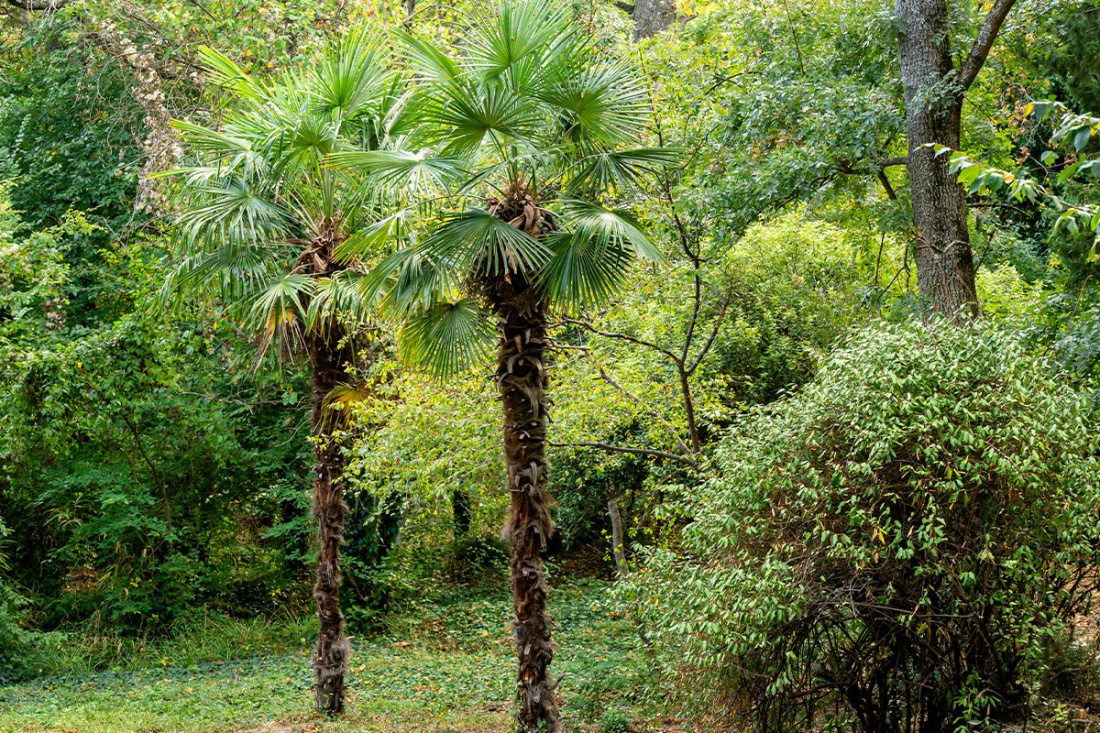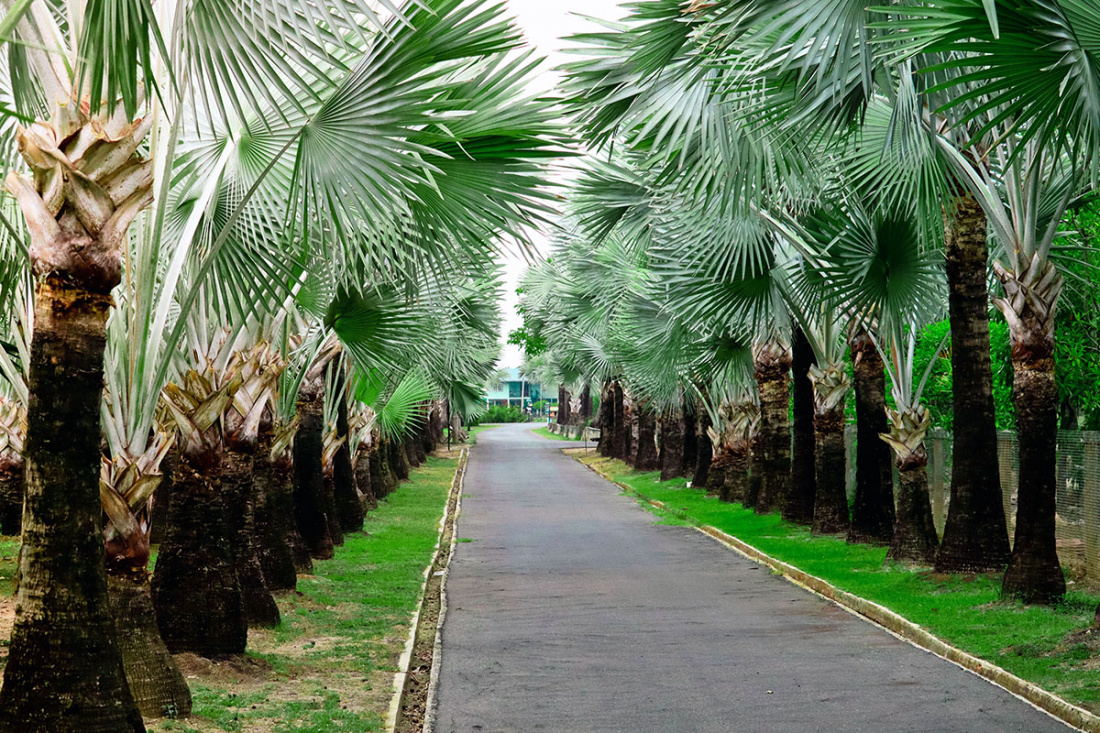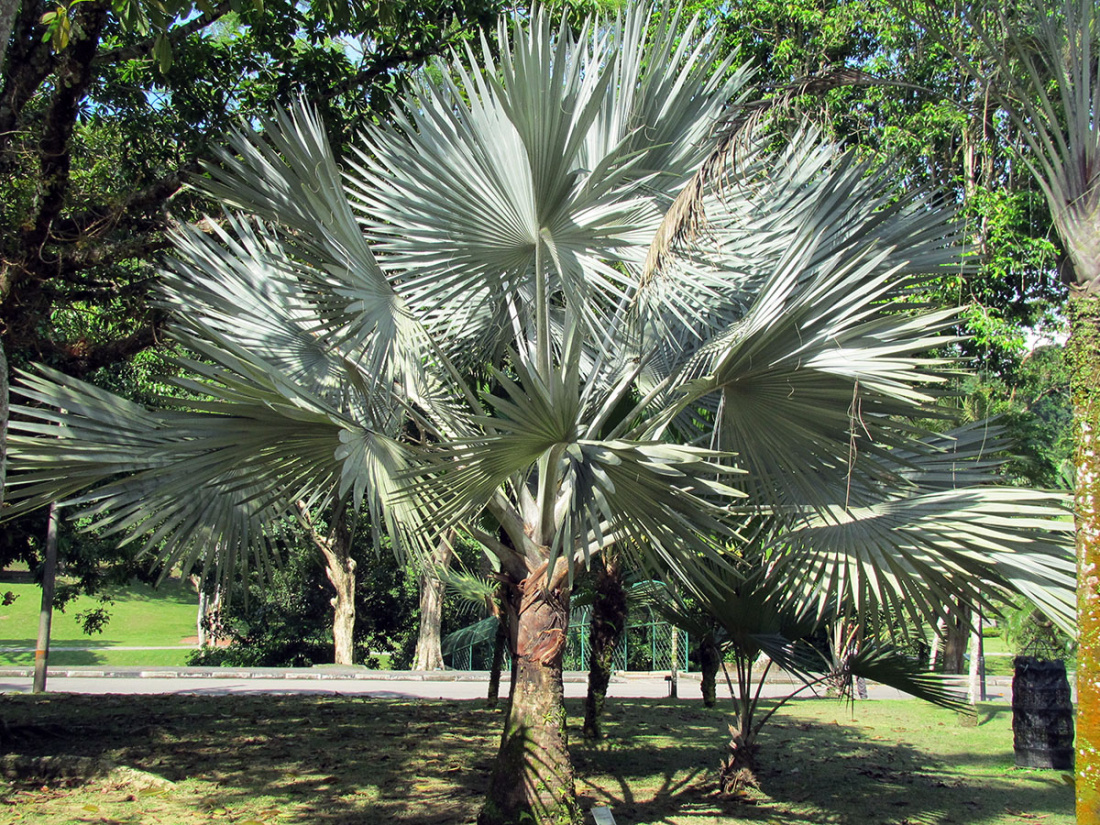
Imagine the feeling of a tropical beach with sand between your toes and the ocean breeze blowing through the palm trees. Sounds like paradise, right? When you visit that kind of paradise, it can be difficult to want to go home.
But what if you could bring a little paradise home with you? Not like a t-shirt or a snowglobe; more like having a little paradise outside your front door. How about a palm tree outside your home?
You're probably thinking, "That sounds nice, but how?" Check out this guide for how to grow palm trees in your garden.
The Right Climate
Palm trees are a quintessential part of tropical climates, and you don't see them in places that get very cold. So, the first step for growing palm trees is ensuring that you live in the proper climate where they can thrive.
Sunlight
All plants use the sun as a way to get their nutrients, so understanding what kind of sunlight you get in your area is crucial. Palms vary in their light preferences; some thrive in the shade while others crave the light.
Be sure that your yard offers the proper amount of light for the kind of palm species you want to grow.
Temperature
Most palm species are indigenous to tropical areas, where warm summers and mild winters are the norm. Palm trees thrive at an ideal daytime temperature of 95°F and 78°F during the night. Some species can even thrive over 110°F.
Though they're commonly associated with the tropics, some species can live in places with lows between 40-50°F. Some may even tolerate a light snowfall, but this is not typical to the species.
Palm trees that like warmer temperatures also tend to like humidity as well. Somewhere between 40-60% humidity is typical across the species. But like some palms can exist in colder climates, some can exist in dryer climes too.
What If You Don't Live Somewhere Sunny and Warm?
Unfortunately, if you don't live somewhere with high temperatures and the right amount of sun, then most palm trees probably won't thrive in your garden. But don't give up because you have some options.
As stated above, a few species have a hardiness level that allows the tree to live in cooler climates. However, they may not thrive or live long after a few winters. And many nurseries in these climates don't sell palms at all.
The better option for gardeners in cooler temperatures is to find palms you can raise inside. Some palm species make great houseplants that you can supplement with light in the winter and control the temperature inside.
In warmer months, you can move these plants outside for a tropical feel to your backyard or patio. The key is to find the best palm variety for your current living conditions.
Soil Requirements
Whether you're planting your palm inside or outside, you need to be sure the soil drains well. A palm tree whose roots sit in excess water or wet soil runs the risk of root rot. So be sure that your soil doesn't hold water.
Palms also prefer soil that's either acidic or alkaline. This gives them the nutrients they need without the addition of fertilizers.


Learn About Your Palm Tree Choices
Since finding the right palm tree is the key to its thriving and survival, you should research the variations across the species.
For warmer climates, look into the palmetto, California fan, queen palm, coconut palm, Mediterranean fan, and royal palm.
Temperate regions may find that the Bismark, needle palm, sago, Mexican fan, pindo, and windmill palm work best in the colder temperatures. These varieties can withstand a little snow and light freezes.
If you're looking to grow palms indoors, try the Chinese fan palm, areca palm, cascade palm, parlor palm, or ponytail palm.
The key with any palm plant is to research its specific needs before your purchase and plant it for your home or garden.
Planting Garden Palm Trees
Unlike other trees, palm trees do not have deep root systems. Their roots tend to stay within the top thirty-six inches of soil despite being about to grow toweringly tall.
Because of this, you should be careful with where you plant the trees on your property. If you live along the Gulf Coast or somewhere where hurricanes are common, you may want to plant tall palms away from the home.
The strong winds risk the palm trees uprooting and damaging property. Planting tall palms along the border away from your home is always a safe idea.
The best time to plan is in mid-spring. This is generally when the coldest weather is over, and palm trees have the chance to thrive.
Start by digging a hole that's twice the size of the root ball's diameter and deep enough that all the roots will be covered. Be careful not to damage the palm's heart as this can stunt the tree and leaf growth.
Place the palm in the hole and fill with soil around the roots. Don't pack down the soil too much, or you may affect the drainage and root growth.

How to Care for Palm Trees
You don't need to fertilize your palm tree, but if you choose to, do it four times a year. Start four weeks after planting when the palm has established a root system.
The fertilizer you use should have one part magnesium, one part phosphorous, two parts of nitrogen, and three parts of potassium.
Outside palms should get water three or four times each week. If it's particularly hot, increase the water to five or six times a week. Again, be sure the soil is well-draining, and add mulch around the base to retain moisture.
Palms can react sensitively to herbicides and pesticides, so try to remove pests and weeds by hand. These common garden chemicals can lead to brown foliage, growth deformities, and even the tree's death.
Learn How to Grow Palm Trees in Your Garden
Lush foliage and stunning plants can increase your curb appeal. And if you want to bring the feeling of the beach back to your home, you may want to consider learning how to grow palm trees in your garden.
Palm trees can be a stunning addition to your yard. But like most plants, they need specific care to thrive. Use this guide to help you raise healthy, beautiful palms outside in your home.
Want to know how to grow practically any plant? Check out more gardening tips to get your most beautiful garden today!


